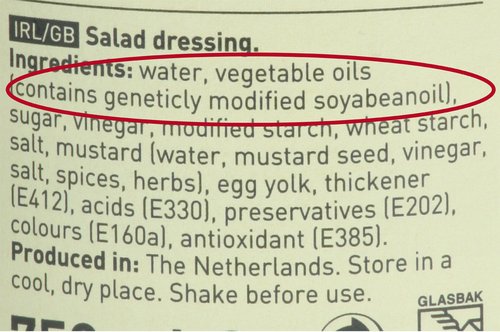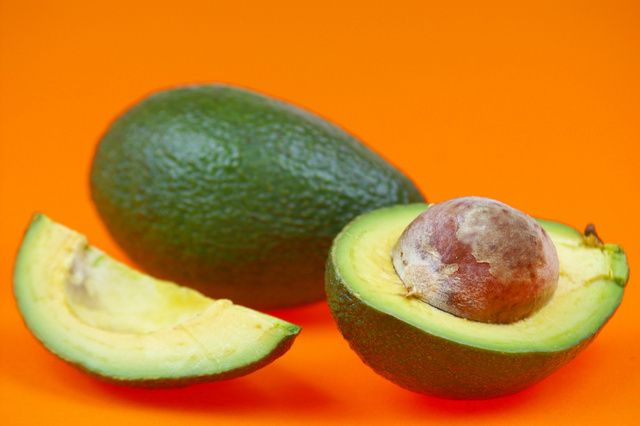After 20 years of debate, the United States has suddenly demonstrated support for voluntary labeling of genetically modified foods. What will this mean?
The Codex Alimentarius Commission, a group comprised of food safety regulators from around the world, finally reached consensus yesterday at the Codex summit in Geneva, Switzerland on guidelines for labeling genetically modified foods.
This guidance has been 20 years in the making!
While the United States does not believe in mandatory labeling of genetically modified foods, the quick reversal yesterday to accept the voluntary guidelines is a positive step towards educating people on the changes that have been taking place with the food supply.
What are Genetically Modified Foods?
Genetically modified foods are derived from genetically modified organisms (GMOs), organisms that have been changed through genetic engineering by either adding or removing certain genes. Genetic engineering of our food supply has allowed for the creation of more disease resistant crops, more perfectly formed produce, greater yields and products with a longer shelf life.
While these changes have resulted in stronger, more desirable crops, the effect of these modifications on humans and animals who consume GM foods is still not fully known. Unfortunately, not many studies have been conducted since genetically modified foods were introduced in 1996.
However, there does appear to be a correlation between GMOs and allergies and antibiotic resistance.
So What Does This Vote Mean?
Does the consensus reached yesterday mean we will begin to see which foods have been modified while perusing the grocery store shelves here in the US? Not necessarily. At least not yet.
However, it does eliminate the threat of a lawsuit by the World Trade Organization for the countries that have chosen to label their products. Thus far, the following countries have instituted GMO labeling:
- Europe
- Australia
- Hungary
- Japan
- Korea
- Switzerland
- Indonesia
- Taiwan
- China
- Brazil
The United States currently accounts for approximately 70% of the world’s genetically modified crops.
To learn more check out:
New guidance paves way to labeling of genetically modified food
Livestrong.com – Pros and Cons of GMOs
The Unhealthy Truth – Book by Robyn O’Brien on GMOs and correlation to increase in food allergies





Leave a Reply